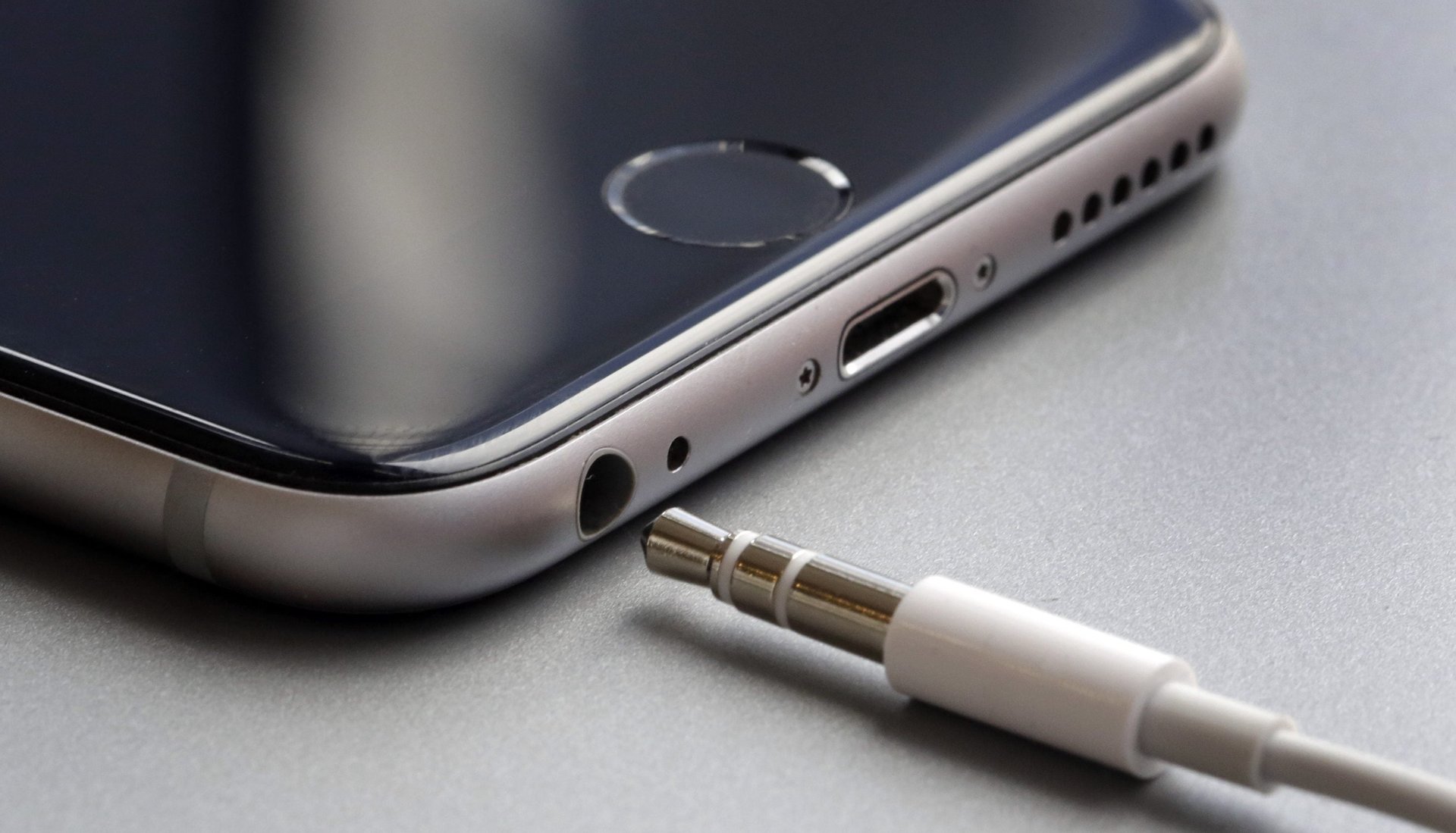Customers want their headphone jack. Apple doesn’t care
“The customer is always right” has been a business mantra since 1909, when it was reportedly first coined by the department store magnate Harry Gordon Selfridge. Companies have long lived by it, or at least, tried to give the appearance of living by it.


“The customer is always right” has been a business mantra since 1909, when it was reportedly first coined by the department store magnate Harry Gordon Selfridge. Companies have long lived by it, or at least, tried to give the appearance of living by it.
Not Apple. The tech giant is widely expected to disregard the preferences of some of its most vocal customers today by introducing its iPhone 7 without a headphone jack. The move will leave millions with obsolete headphones, and force customers to either buy Bluetooth-enabled equipment or Lightning headphones that plug into the power jack. More than 300,000 people have gone to the trouble of signing an online petition in protest, though they probably knew the gesture was futile.
In an era where corporations bend over backward to appear customer-friendly, Apple’s determination to force-feed innovation to buyers is unusual. It’s a stance with roots in the company’s history as an underdog in the cutthroat world of consumer technology.
Apple’s past success in introducing new products and changes to beloved existing products gives it confidence in its own internal compass, and in the loyalty of —who may grumble, but will ultimately accept the new devices. “A lot of times, people don’t know what they want until you show it to them,” Apple founder Steve Jobs famously told Businessweek in 1998.
Apple’s most groundbreaking developments came when it trailed larger companies, and needed devices that were radically different to attract notice and help it steal market share from incumbents. It debuted the iMac in 1998 without a disk drive, a decision that was controversial at the time, but helped distinguish its desktop computer from the standard-issue Dell and HP products that dominated the PC market (the rainbow of colors that iMacs came in helped, too). The decision sped the adoption of USB ports and helped anticipate a world where data was stored online.
Similarly, Apple had no presence in the mobile phone category when it introduced the iPhone in 2007, and with no market share to lose, it had free rein to experiment with touch screens and sophisticated operating systems. Incumbents like Nokia and Blackberry were wedded to the technology and design powering their sales, and were unwilling or unable to disrupt their core product lines.
Apple’s insistence that it knows best doesn’t always work—its constant tinkering with iTunes has made the service less appealing, and the Apple Watch is more or less irrelevant.
Of course Apple is no longer the scrappy young upstart it once was. As the tech behemoth continues to grow and exert its influence, Apple is now the incumbent, fending off challengers. It has fewer opportunities to launch major new or disruptive products, so its best bet to stay ahead of its competitors is innovating within its existing devices.
In the case of the new phone, removing the headphone jack makes the device slimmer and more water-resistant. Like it or not, customers will probably buy it. And in time, conventional headphones may seem as quaint as floppy disks and flip phones.